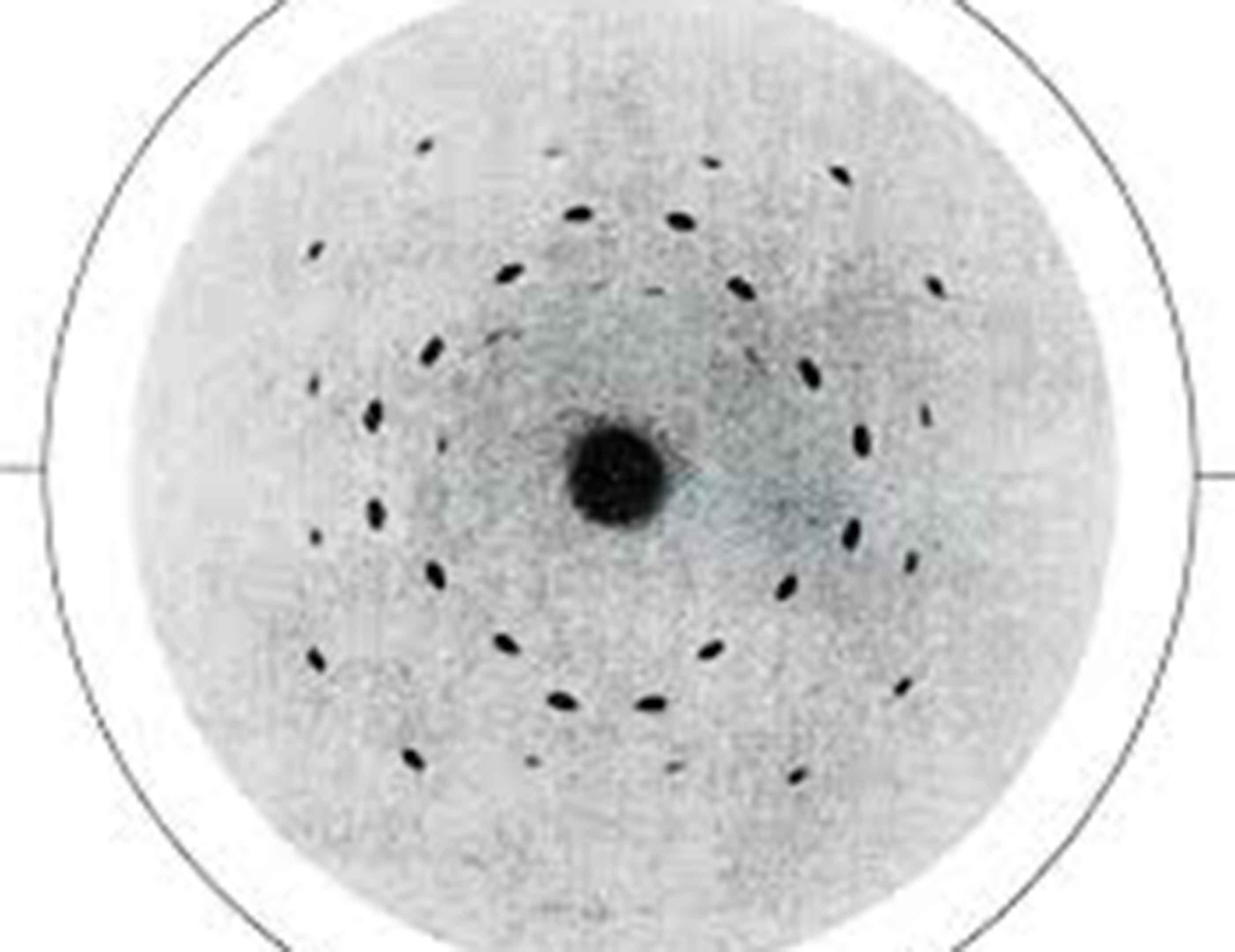Max von Laue
In 1912, the German physicist Max von Laue made a decisive breakthrough in materials research using X-ray technology when he discovered that crystals diffract X-rays. The photograph on display shows the diffraction pattern he observed, which solved two problems at once: it revealed the crystalline structure of solids and also proved that X-rays behave like waves. In 1914, von Laue was awarded the Nobel Prize for his discovery, which laid the foundation for X-ray crystallography – the method that would, some forty years later, make it possible to decipher the structure of DNA.

